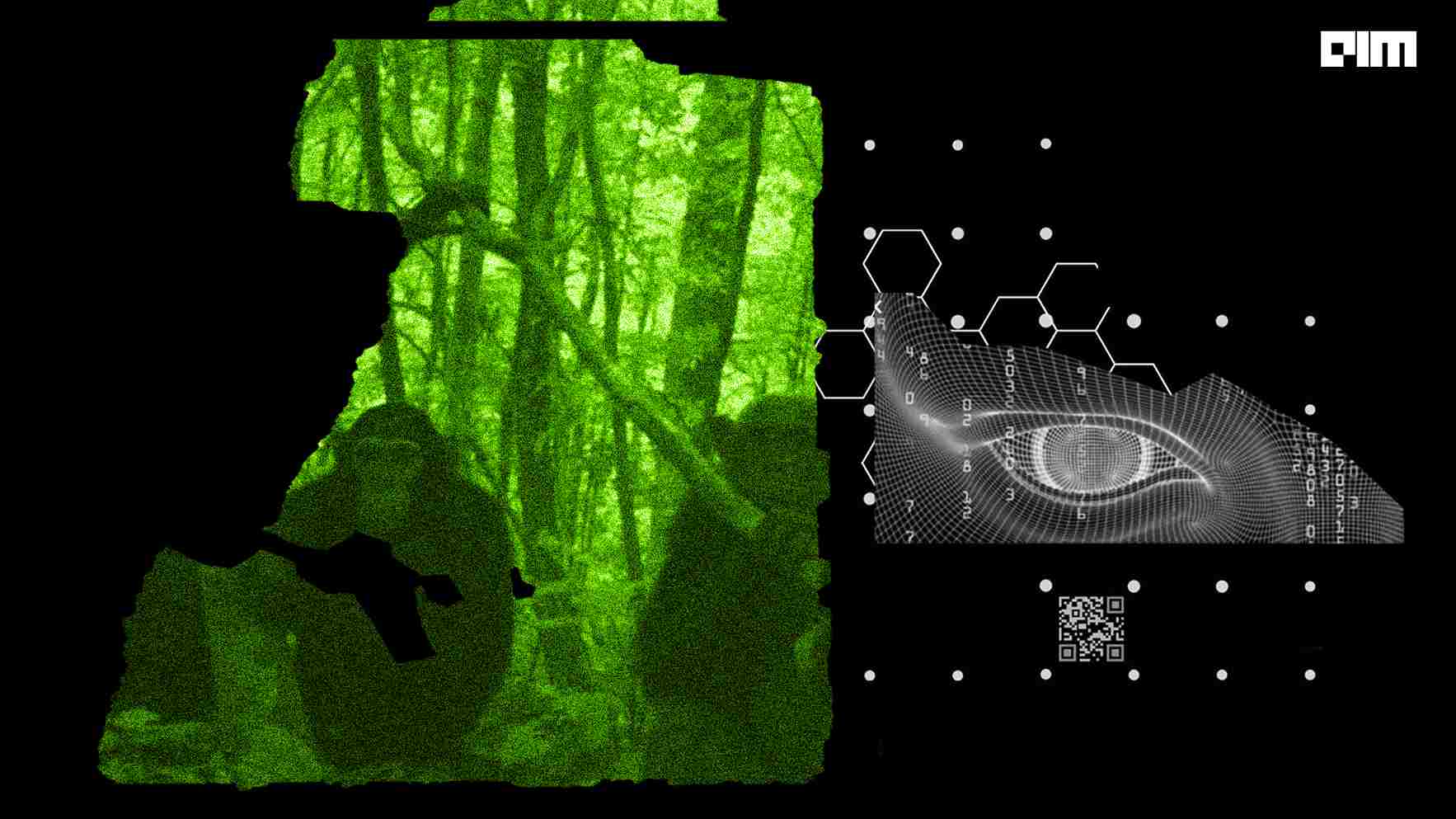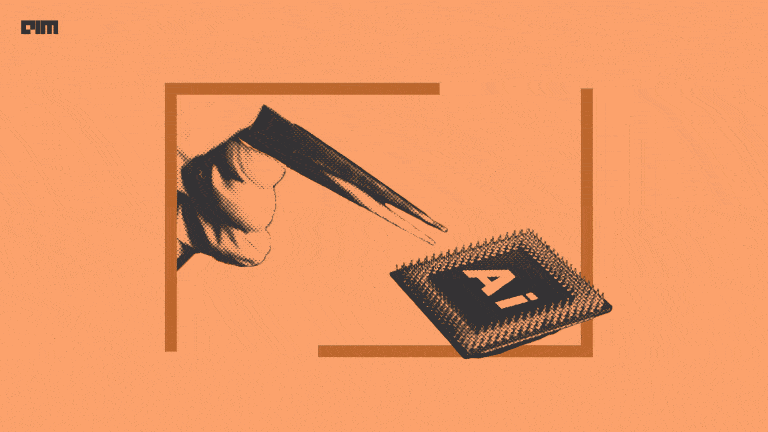AI plays a critical role in facilitating conservational efforts, addressing conflicts and alerting landscape changes and illegal activities. It is helping protect species like the humpback whales, koalas and snow leopards by supporting the work of scientists, researchers and rangers in vital tasks, from anti-poaching patrols to monitoring species. AI is able to do the job of hundreds of people, getting faster, cheaper and more effective results. Outside India, it has been extensively used to address various conservation challenges, and the outcome has been quite phenomenal.
Although AI has been leveraged in various projects in India, the intervention has still been very nascent; however, things are moving forward in adopting tech for various studies. For instance, the Karnataka forest department has 24 applications using AI and received 375 alerts in one year using AI in one of their projects on forest boundaries.
Geospatial Database of Forest Boundaries
The department has received at least 375 alerts in the past year using AI in their project “Geospatial database of forest boundaries”. Explaining details about the use of AI, an official from the forest department said, “We have digitised the notified forest boundary. An algorithm identifies any changes within a month using the satellite images available in the public domain. The AI model identifies any changes in the forest cover and triggers an alert. Acting on the alert, the ground staff gives their feedback along with photographs of a tree felling, whether it is sanctioned felling or illegal felling or a landslide or encroachment or whether it is a false alarm. Almost 80 per cent of the action taken report has to be filed whenever an alarm goes. So AI is working like a third eye helping the forest department in their work.”
Similarly, AI is also used in identifying “forest fire alert systems”. On the whole, the department has leveraged AI in 24 of their applications that deal with camera trapping, patrolling system, offence system, crop compensation and counselling, etc.
Initiatives by WCS
Wildlife Conservation Society (WCS), an NGO, has leveraged AI in two projects related to wildlife crime and activities. Anushri Karve, Data Scientist at WCS, says, “Wildlife crime is often locked in regional languages, further restricting the accessibility of wildlife crime data. To increase the accessibility of wildlife crime information to law enforcement agencies (LEA) so that timely action can be taken, AI has been leveraged in two of the projects”. The projects are –
- Centralised Wildlife Crime Repository and Intelligence
In this project, media reports are collected from all kinds of sources about wildlife crime in text, picture, video and audio formats. A combination of AI techniques such as Named Entity Recognition, Relationship Extraction, Predictive Machine Learning models, and a few others are leveraged to automatically process multi-modal, multilingual information and extract useful insights. The project is currently being developed with BITS Pilani and funded by Google, India, under Google AI for Social Good Grant 2021.
- Online Wildlife Trade Monitoring
This project focuses on online postings, where the tool identifies illegal wildlife trade happening on social media platforms and e-commerce sites. An interactive tool is being developed to help identify such advertisements on the sale of live wild animal species, their parts, and derived products on the internet. WCS is using ML classification techniques to detect and correctly flag such illegal listings using the associated metadata and multimedia information.
In another project, “WhoAmI: An Automatic Tool for Visual Recognition of Tiger and Leopard Individuals in the Wild“, AI was leveraged to identify camera traps and photos of animals. Dr Devcharan Jathanna from WCS was part of this project. The project report stated, “We develop automatic algorithms that can detect animals, identify the species and recognise animals for two species. We propose a first fully-automatic tool that can recognise specific individuals of leopard and tiger due to their characteristic body markings. We adopted a supervised learning approach of machine learning class where a Deep Convolutional Neural Network (DCNN) is trained using several instances of manually-labelled images for each of the three classification tasks. We demonstrate the effectiveness of our approach on a data set of camera-trap images recorded in the jungles of Southern India”.
Initiatives by WCT
A Mumbai based NGO, Wildlife Conservation Trust (WCT), too, is using AI to mitigate man-animal conflict. WCT and Google Research India’s AI Lab designed an AI model that will help predict human-wildlife interactions at the Bramhapuri Forest Division in Chandrapur, Maharashtra, which has a large tiger-bearing landscape and human population densities, causing several conflicts.
“This project aims to understand, identify, and predict conditions under which interactions between humans and wildlife may transform into conflict, and use these predictions to develop a policy-based solution that involves multiple stakeholders at the community, district and state levels. AI is leveraged to identify drivers of conflict between animals and villagers and use the predicted conflict as input for designing an optimal policy. The predictions will be made based on multiple layers of data. The analysis will be based on collecting, amalgamating and merging the economic, psychosocial and geotagged animal movement data collected by WCT with spatial-temporal data on conflict details provided by the government and the satellite imagery on cropping patterns and economic activities found in Google Earth Engine. These predictions will be considered as inputs in developing a strategy to mitigate conflict in this region”, says Aniket Bhatkande, head of Conservation Behaviour Department at WCT.
In 2020, WCT, with Google Research India under its AI for Social Good Programme, developed this project exploring AI-based solutions and designed AI models to predict human-wildlife conflict with promising results.
The use of AI in conservational efforts is not just helping gather data and analyse it quickly, but also easing the laborious tasks of the green warriors.



















































































